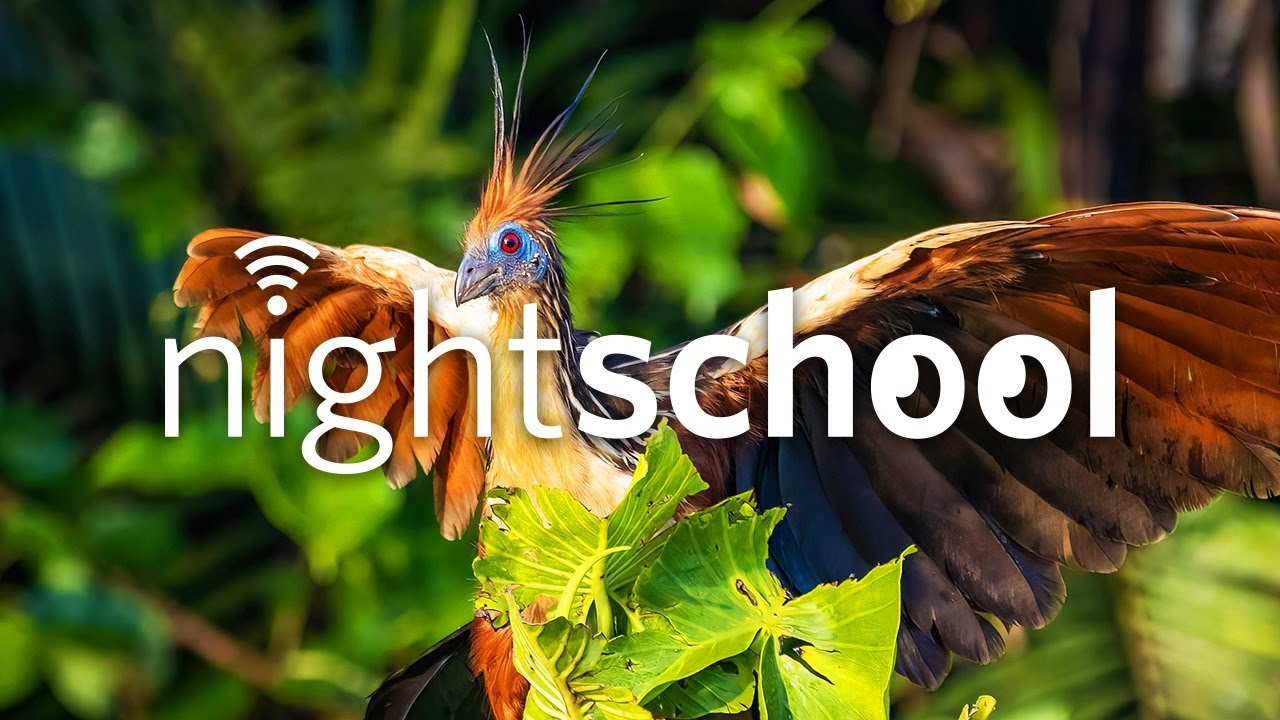– Exploring the diversity of bird life in Brazil
– The critical role of Brazil’s habitats in global bird conservation
– The impact of human activity on Brazilian bird populations
– Innovative approaches to bird conservation in Brazil
With its vast and varied ecosystems, Brazil is home to an extraordinary diversity of bird species, making it a focal point for ornithologists and bird enthusiasts globally. The nation’s myriad of forests, wetlands, savannahs, and coastlines provide the perfect backdrop for studying and exploring avian biodiversity. Understanding the specifics of Brazil’s bird life is crucial in the broader context of wildlife conservation and biodiversity studies.
One of Brazil’s most fascinating aspects of avian diversity is the range of species distributed across its habitats. Each ecosystem supports a distinct community of birds, from the iconic Amazon Rainforest to the Pantanal Wetlands. The Amazon alone is home to thousands of bird species, including the vividly colored macaws and the elusive harpy eagle. The Pantanal, on the other hand, offers a sanctuary to the largest population of hyacinth macaws in existence, alongside countless other species that thrive in its aquatic landscapes. Each bird species plays a significant role in its habitat, contributing to the ecological balance through seed dispersal and pollination and serving as indicators of environmental health.
Human activity, however, poses an increasing threat to Brazil’s birds. Deforestation, agriculture expansion, and urbanization fragment and destroy critical habitats, putting immense pressure on bird populations. The Atlantic Forest, once sprawling, now retains less than 12% of its original area, drastically affecting its avian inhabitants. Furthermore, climate change introduces additional stressors, altering species distribution and affecting breeding patterns and food availability. However, recognizing these challenges is the first step toward mitigation. Efforts are underway to protect and preserve Brazil’s unique avian biodiversity through protected areas, conservation initiatives, and international cooperation.
Conservation strategies in Brazil are as diverse as the birds they aim to protect. Innovative approaches include reforestation projects, wildlife corridors to connect fragmented habitats, and community involvement in conservation efforts. Birdwatching tourism has also emerged as a tool for conservation, generating revenue and awareness while encouraging the preservation of natural habitats. Additionally, scientific research is crucial in informing conservation strategies and providing data on species distribution, population trends, and habitat requirements.
Within this context, it is evident that Brazil’s birds are not just a matter of ecological interest but also global conservation significance. Brazilian bird populations’ challenges reflect broader environmental issues that demand a comprehensive and cooperative approach to address. Through continued research, conservation action, and public involvement, there is hope for preserving Brazil’s remarkable avian diversity for future generations to study.
In essence, the birds of Brazil are a shining example of nature’s beauty and complexity. They not only charm and fascinate but also inform and inspire actions toward sustainable coexistence with the natural world. As we continue to explore and understand the intricate lives of these birds, their importance in the tapestry of biodiversity becomes increasingly clear. The path forward involves not just admiration but active participation in efforts to secure a future where birds and humans can thrive together in harmony with nature.
*****
Source Description
Grab your bug spray and mist nets — NightSchool’s taking an excursion to Brazil! Join Kelsie Lopez and Drs. Clarissa de Carvalho and Hevana Lima for an evening filled with stories, science, and birds (so many birds!) from Brazil’s scrublands, mountain plateaus, and everywhere.
• Kelsie Lopez (she/her): A third-year Ph.D. candidate at Harvard University, Kelsie Lopez is no stranger to the Brazilian Dry Diagonal, a swath of semiarid habitat that stretches across the country. Her research combines findings from her field work, museum collections, and genetic sequencing to understand what causes bird species to evolve.
• Dr. Clarissa de Carvalho (she/her): Through her Ph.D. work, Dr. Clarissa de Carvalho studied how epigenetics influence evolution and what underlying genes influence camouflage. Now, as a postdoctoral researcher at the Federal University of São Paulo, her work focuses on understanding how birds diversify in dry environments across Brazil.
• Dr. Hevana Lima (she/her): As a postdoctoral researcher at the Federal University of Pernambuco, Dr. Hevana Lima studies bird ecology and evolution. Her work focuses on patterns in how different bird species are distributed across Brazil’s dry diagonal — one of the most vulnerable regions in the country.


